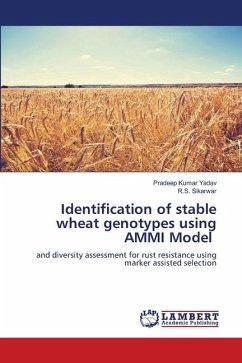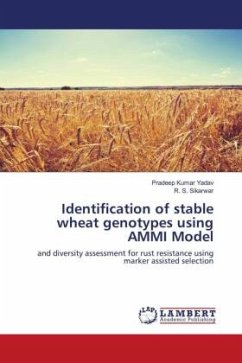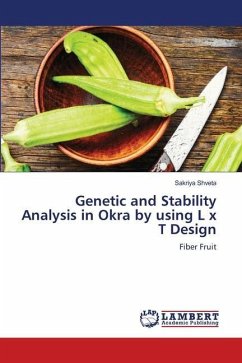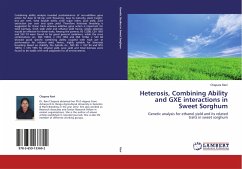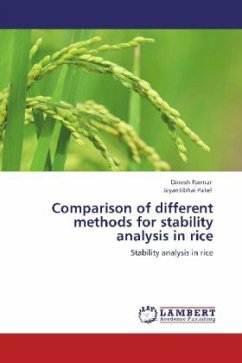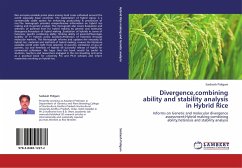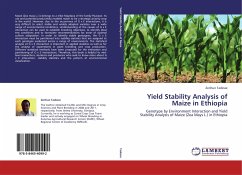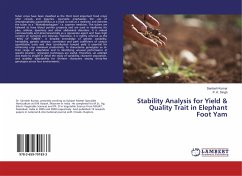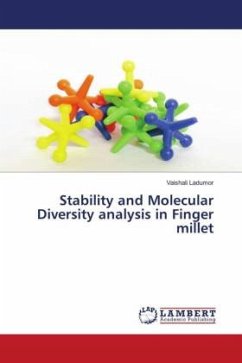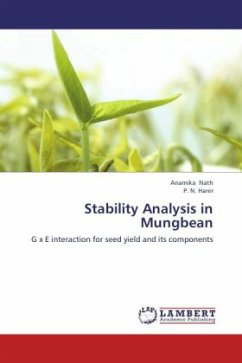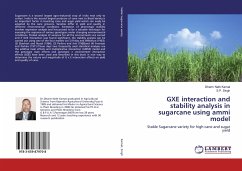
GXE interaction and stability analysis in sugarcane using ammi model
Stable Sugarcane variety for high cane and sugar yield
Versandkostenfrei!
Versandfertig in 6-10 Tagen
51,99 €
inkl. MwSt.

PAYBACK Punkte
26 °P sammeln!
Sugarcane is a second largest agro-industrial crop of India next only to cotton. India is the second largest producer of cane next to Brazil.Variety is an important factor in boosting cane and sugar yield which can easily be adopted by the cane growers. Varieties differ in yield and quality in different environmental conditions. Estimation of phenotypic stability involves regression analysis and has proved to be a valuable technique for assessing the response of various genotypes under changing environmental conditions. Pooled analysis of variance for all the environments are carried and if GX...
Sugarcane is a second largest agro-industrial crop of India next only to cotton. India is the second largest producer of cane next to Brazil.Variety is an important factor in boosting cane and sugar yield which can easily be adopted by the cane growers. Varieties differ in yield and quality in different environmental conditions. Estimation of phenotypic stability involves regression analysis and has proved to be a valuable technique for assessing the response of various genotypes under changing environmental conditions. Pooled analysis of variance for all the environments are carried and if GXE interaction was found significant, the stability analysis can be carried out using one of the four models viz.(1) Finlay and Wilkinson (1963), (2) Eberhart and Russel (1966), (3) Perkins and Jink (1968)and (4) Freeman and Perkins (1971).These days two frequently used statistical analyses are the additive main effects and multiplicative interaction (AMMI) model and the genotype main effectsand genotype × environment interaction effects (GGE) have been used and described in this book in nice way to determine the nature and magnitude of G x E interaction effects on yield and quality of cane.



